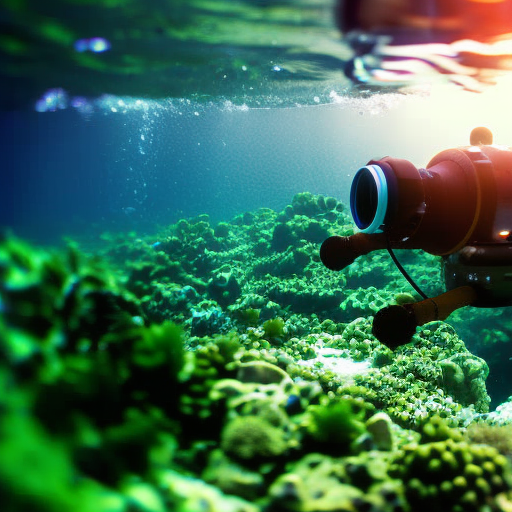Summary:
Underwater robots, also known as autonomous underwater vehicles (AUVs) or underwater drones, are robotic devices designed to operate underwater without human intervention. These robots are used for a variety of purposes, including scientific research, exploration, underwater mapping, and inspection of underwater structures. They are equipped with sensors, cameras, and other instruments to gather data and perform tasks in the underwater environment. Underwater robots have revolutionized various industries, including marine biology, oil and gas exploration, and underwater archaeology.
Applications of Underwater Robots:
Underwater robots have numerous applications across different fields. In marine biology, they are used to study marine life, collect samples, and monitor the health of coral reefs. These robots can reach depths that are difficult for humans to access, allowing researchers to explore and document underwater ecosystems. In the oil and gas industry, underwater robots are used for pipeline inspection, maintenance, and repair. They can detect leaks, corrosion, and other structural issues, reducing the need for human divers and ensuring the safety of underwater infrastructure. Underwater robots are also employed in underwater archaeology to explore and document submerged historical sites, providing valuable insights into our past.
Design and Operation:
Underwater robots are typically torpedo-shaped and made from materials that can withstand the high pressure and corrosive nature of the underwater environment. They are powered by batteries or fuel cells and use propellers or thrusters for propulsion. These robots are equipped with a variety of sensors, including sonar, cameras, and depth sensors, to navigate and gather data. They can be operated remotely from a surface vessel or operate autonomously using pre-programmed instructions. Some underwater robots are even capable of making decisions and adapting to changing conditions in real-time.
Challenges and Future Developments:
Operating in the underwater environment presents several challenges for underwater robots. The lack of light and limited visibility make navigation and object detection difficult. Additionally, the high pressure and corrosive nature of seawater can damage the robots over time. To overcome these challenges, researchers are developing advanced sensors and imaging technologies to improve the capabilities of underwater robots. These include high-resolution cameras, 3D mapping systems, and advanced sonar systems. Furthermore, efforts are being made to enhance the autonomy of underwater robots, enabling them to make complex decisions and perform tasks without human intervention.
Conclusion:
Underwater robots have revolutionized the way we explore and study the underwater world. These robots enable us to gather data and perform tasks in environments that are inaccessible or dangerous for humans. With advancements in technology, underwater robots are becoming more capable and autonomous, opening up new possibilities for scientific research, exploration, and industrial applications. As we continue to improve their design and capabilities, underwater robots will play an increasingly important role in understanding and preserving our oceans and underwater resources.












